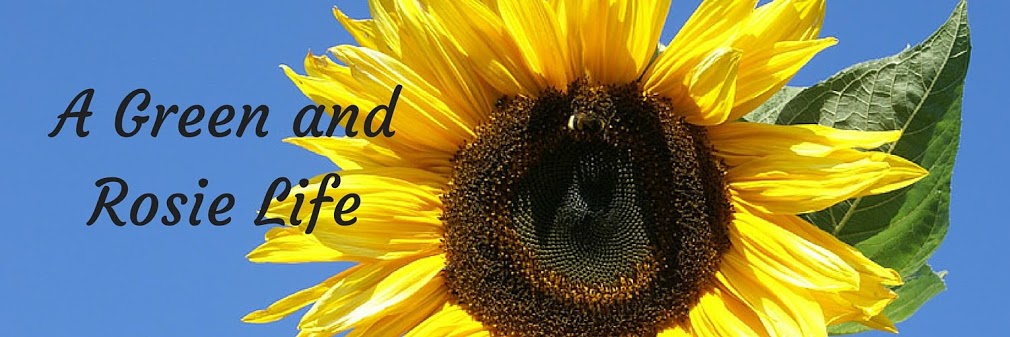I mentioned recently how we have had probably our best autumn colours here in France since we arrived. Why is it though, that some autumns are wonderful and others are rather drab? It's all down to 2 factors, the weather and the tree species affecting the colour pigments in leaves.
Autumn colours are caused by 2 groups of pigments in the leaves, carotenoids and anthocyanins. Throughout the year a third pigment, the more well know chlorophyll used in photosynthesis, masks other pigments and so the leaves appear predominantly green. As the tree prepares for leaf fall in autumn less chlorophyll is produced and other pigments can show their colours. Carotenoids are present in the leaf all year round and they give leaves their yellow, gold and orange colour.
 |
| Carotenoid pigments in beech leaves |
 |
| Anthocyanin pigments in Virginia Creeper leaves |
Not all trees are the same though and some contain more of these colour-giving pigments than others. Maples, dogwoods, cherries and some oaks contain the most and these are the predominant tree species in New England, a region famous for it's autumn colours. In Great Britain (and probably Normandy) only about 10% of the trees have these high levels of pigments so we can never really compete with New England. That said this year has been wonderful. The weather earlier will have helped to produce some of the colours but a long calm autumn (except for the day the boys and yours truly decided to take a ferry to England in the tail end of a hurricane!) has meant that the leaves have not been blown off early and so the colours have had the time to develop and shine through.
 |
| Oak tree bathed in the light of an autumn sunset |
Are you having a good autumn where you live? What colours are the best?



Okay so this is so AMAZING! Autumn is something new to me and we didnt study this weather in school. You just answered to many questions in my head. Carotenoids gives carrots their color right? Thanks for this! Believe it or not I wrote down those words in my notebook! #pocolo
ReplyDeleteI am so glad you like the post, Merlinda and yes, it is carotenoids that give carrots their colour!
DeleteOh and I know chlorophyll as the leaves in my country are always green =)
ReplyDeleteBut I bet the other pigments are also there, just hidden by the chlorophyll.
DeleteFascinating post - I never knew why exactly leaves changed colour although I suspect it was taught to me and school and has been long forgotten. That cherry tree is gorgeous. Thanks for sharing this :-) #PoCoLo
ReplyDeleteI think I may have been taught this at A Level but then the curriculum changes so often it may have been earlier.
DeleteSecond try to comment here...I do love you for putting back the name/URL option, and I take full responsibility for all the spam it may produce....(what have I let myself in for?!!) What I said in the first comment was that I learnt something new here. I've always wondered why some autumns are more colourful than others and now I know. Thank you! I guessed it was to do with weather but I didn't know how/why. We have one of the best (if not THE best) displays of autumn colours ever here down in the south. This area isn't normally much of an autumn place as the majority of trees are evergreen, but this year those minority deciduous trees are really putting on a show.
ReplyDeleteSpam spam spam ... actually it's OK at the moment! Really glad you liked this post and that like us you are having fabulous autumn colours. I am sure there will be an old wive's tale though that says good autumn colour will lead to a such and such winter!
DeleteThis is really interesting - I don't think I ever actually knew any of this! We have had a lovely colourful Autumn in Somerset. There is a beautiful tree in Grace's school that has really red leaves. Thank you for linking to #PoCoLo :) x
ReplyDeleteAnd now you know why they have been so good this year.
DeleteFunny to read this, I was thinking only yesterday how beautiful the trees look this year.
ReplyDeleteBest autumn for years both across France and in the UK by the sound of it.
Delete